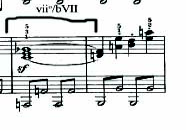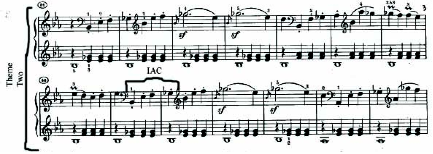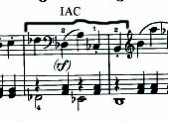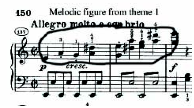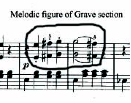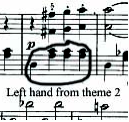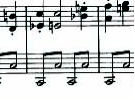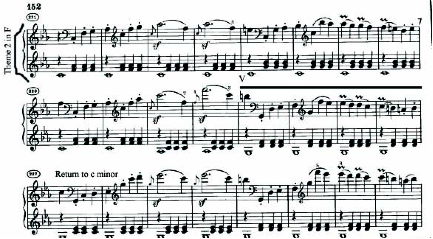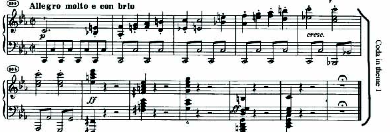Beethoven wrote his Eighth Piano Sonata (Pathetique) in 1797 and it was published in 1799. The piece was written during what is considered his “early” period. The Pathetique sonata is technically considered to be in the “classical” era of music history but it has many romantic elements. Beethoven is well known for making the first steps towards romanticism because of his adventures in harmony, structural complexity and rhythm.
When it comes to what or whom influenced the writing of The Pathetique, Haydn has to be mentioned, as he was Beethoven’s composition teacher. There are elements of Haydn’s “Drumroll” symphony in the sonata. Additionally, Beethoven had great respect for Mozart. It is believed that Beethoven was inspired by Mozart’s K. 475 piano sonata. Also providing inspiration was Jan Ladislav Dussek, who’s sonata is also quite similar in opening to Beethoven’s.
Beethoven’s 8th piano sonata fits the classical form of the sonata with a few twists thrown in, mainly the introduction material and its reoccurrences before the development and coda. A classical sonata has two main themes that make up the exposition, a development where the main material is placed in different settings and then a recap of the main themes.
The introduction material is the entire grave section, going from measures one through ten [above].
The first theme begins in measure 11 and goes through a perfect authentic cadence in measure 19 moving on to a half cadence in measure 27. This happens again exactly repeated in measure 35 [left]. Beethoven uses these half cadences to move into some transitional material and begins to modulate to Eb major. This is the key of the first statement of the second theme.
Beethoven uses the vii diminished of a flat VII to begin this modulation. It is a common chord modulation, where the VII chord (Bb Major) becomes the dominant in Eb major. The large dominant of Eb major occurs in measure 51.
In the second theme there is an imperfect authentic cadence in measures 59 and 76 and then a perfect authentic cadence in measure 88. After the second theme has been stated for the first time, there is an expanse of transitional material to close off the exposition. The closing section runs from measure 89 to 132.
At the end of the closing section in the two different endings, there is first a large dominant to lead back to the first theme in C, and then a large secondary dominant of V to lead into the next grave section, which is a restatement of the introduction material.
The development of the piece begins at measure 137, here Beethoven combines the textural elements from the introductory section, the first theme and the second. I am always amazed by how concise his music is.
Image dump and rest of the analysis below the fold:

Grave material. Note the contour, and the octaves. The theme is expanded in note value (not temporally though!) in the development.
The development ends at measure 167 where it moves into an incomplete authentic cadence and continues on to the retransition where there is a long extended dominant before the recap. The recap begins in measure 195 landing squarely in the key that the piece began in. Theme one is reintroduced where it continues to a perfect authentic cadence in measure 203 and then onto some transitional material.
Theme two gets brought back in measure 221 but this time in the key of F major rather than Eb major. It spends half of the “theme two” temporal space in the alternate key and then moves back to c minor by measure 237, with a prolonged dominant of C starting in measure 233. This is likely to represent a structural predominant. If you do a schenkerian reduction of this movement, the big predominant would likely occur here.
After the restatement of both themes there is short closing section again, which theme 2 moves into through a perfect authentic cadence. At the end of the closing section there is a large vii diminished of the dominant before finally returning to the grave material. After the grave restatement, a quick coda finishes the piece with material from theme one. 


